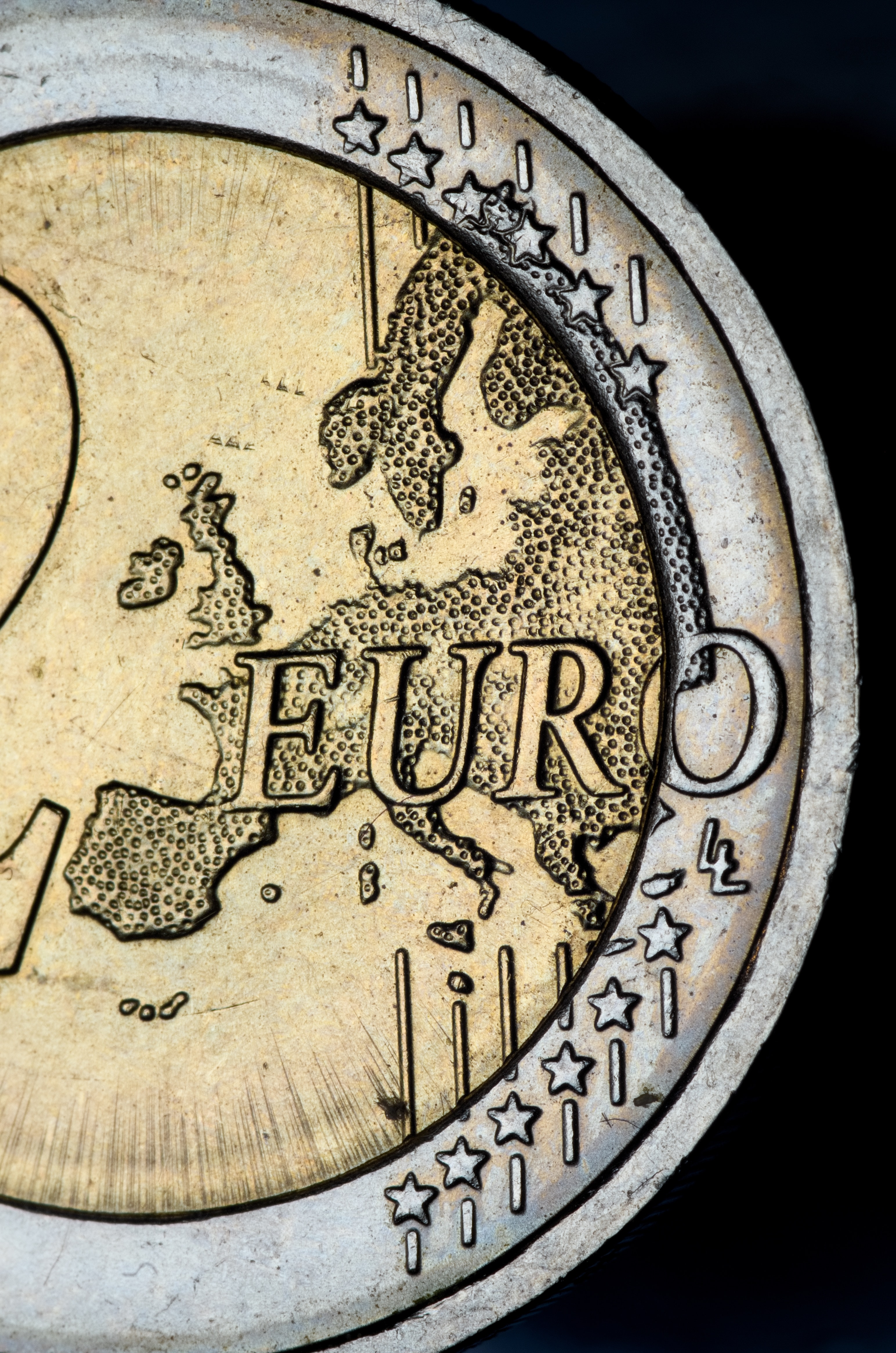Photo by Immo Wegmann on Unsplash
Today, 1 January 2023 Croatia adopts the euro as its currency and fully joins the Schengen area.
The EU said last Friday that this “marks an important milestone” in the history of Croatia, of the euro and Schengen areas and of the EU as a whole.
“It follows a period of intensive preparation and substantial efforts by Croatia to meet all the necessary requirements,” said a Commission statement.
The Commission says it has fully supported Croatia in the process of joining the euro and Schengen areas. With Croatia, 20 EU Member States and 347 million EU citizens will share the EU’s common currency. As for Schengen, this is the eighth enlargement and the first after 11 years.
The statement added, “The euro will deliver practical benefits to Croatian citizens and businesses. It will make travelling and living abroad easier, boost the transparency and competitiveness of markets, and facilitate trade. Euro notes and coins will also become a tangible symbol for all Croatians of the freedom, convenience and opportunity that the EU makes possible. Public support for the euro in the euro area remains very strong, with broad majorities of EU citizens believing the euro is a good thing for the EU as a whole and for their own country.”
“The Schengen area allows 420 million people to travel freely between member countries without going through border controls. It allows to develop a common, shared responsibility for controlling the external borders of the Union and the responsibility to issue common Schengen visas. Above numbers, for more than 35 years now Schengen has been an area of values, freedom, security and justice. Especially in the current geopolitical and economic context, the Schengen area is instrumental to stability, resilience and recovery.”
From Sunday, 1 January 2023, the euro will gradually replace the kuna as the currency of Croatia. In line with a consistent record of exchange-rate stability, the kuna will be exchanged at a conversion rate of 1 euro for 7.53450 Croatian kuna. The two currencies will be used alongside each other for a period of two weeks. When receiving a payment in kuna, the change will be given in euro. This will allow for a progressive withdrawal of the kuna from circulation.
The dual display of prices in kuna and euro became compulsory on 5 September 2022 and will apply until 31 December 2023. In order to protect consumers and address their concerns about unjustified price increases in the changeover period, a Business Code of Ethics has been introduced to ensure stability of prices for goods and services by helping businesses to correctly recalculate and display prices. Businesses who sign up to the initiative can display its logo to reassure customers, and will lose this right if found to be in breach of the Code. The Code of Ethics is enforced by the State Inspectorate, which will also monitor the prices of frequently-purchased products and services during the changeover.
Commercial banks have received euro banknotes and coins in advance from the Croatian National Bank and have in turn supplied euro cash to shops and other businesses. Kuna banknotes and coins can be exchanged for euro banknotes and coins at the Financial Agency and post offices until 30 June 2023. The exchange is free of charge. The exchange of kuna banknotes and coins at commercial banks is possible until 31 December 2023. It is free of charge for all exchanges done before 1 July 2023 up to a limit of 100 kuna banknotes and 100 kuna coins. For changes as of 1 July 2023, commercial banks can charge a fee. Croatia’s national central bank will exchange kuna banknotes without a time limit, and kuna coins until 31 December 2025. This service is free of charge.
70% of automatic teller machines (ATMs) in Croatia will distribute euro banknotes already on 1 January 2023, and the rest will follow as soon as possible thereafter (within two weeks). To facilitate the process, commercial banks will publish online information on which ATMs distribute euro.
The Schengen area is one of the main achievements of the European project. It started in 1985 as an intergovernmental project between five EU countries – France, Germany, Belgium, the Netherlands and Luxembourg – and has gradually expanded to become the largest free travel area in the world.
An enlarged Schengen area without internal border controls will make Europe safer, through reinforced protection of our common external borders and effective police cooperation; more prosperous, by eliminating time lost at borders and facilitating people and business contacts; and more attractive, by significantly expanding the world’s largest common area without internal border controls.
Since its accession to the EU in 2013, Croatia has applied parts of the Schengen acquis, including those related to the external border controls, police cooperation and the use of the Schengen Information System.
The remaining parts of the Schengen acquis, which include the lifting of controls at internal borders and related measures, will become applicable as of 1 January 2023: checks at internal land and sea borders between Croatia and the other countries in the Schengen area will be lifted. Checks at internal air borders will be lifted from 26 March 2023, given the need for this to coincide with the dates of the International Air Transport Association (IATA) summer/winter time schedule.
In line with the Schengen Evaluation and Monitoring Regulation, Croatia will be evaluated within one year from the date of the full application of the Schengen acquis. This Regulation was recently reformed to strengthen the evaluation of the respect for fundamental rights under the Schengen acquis.




